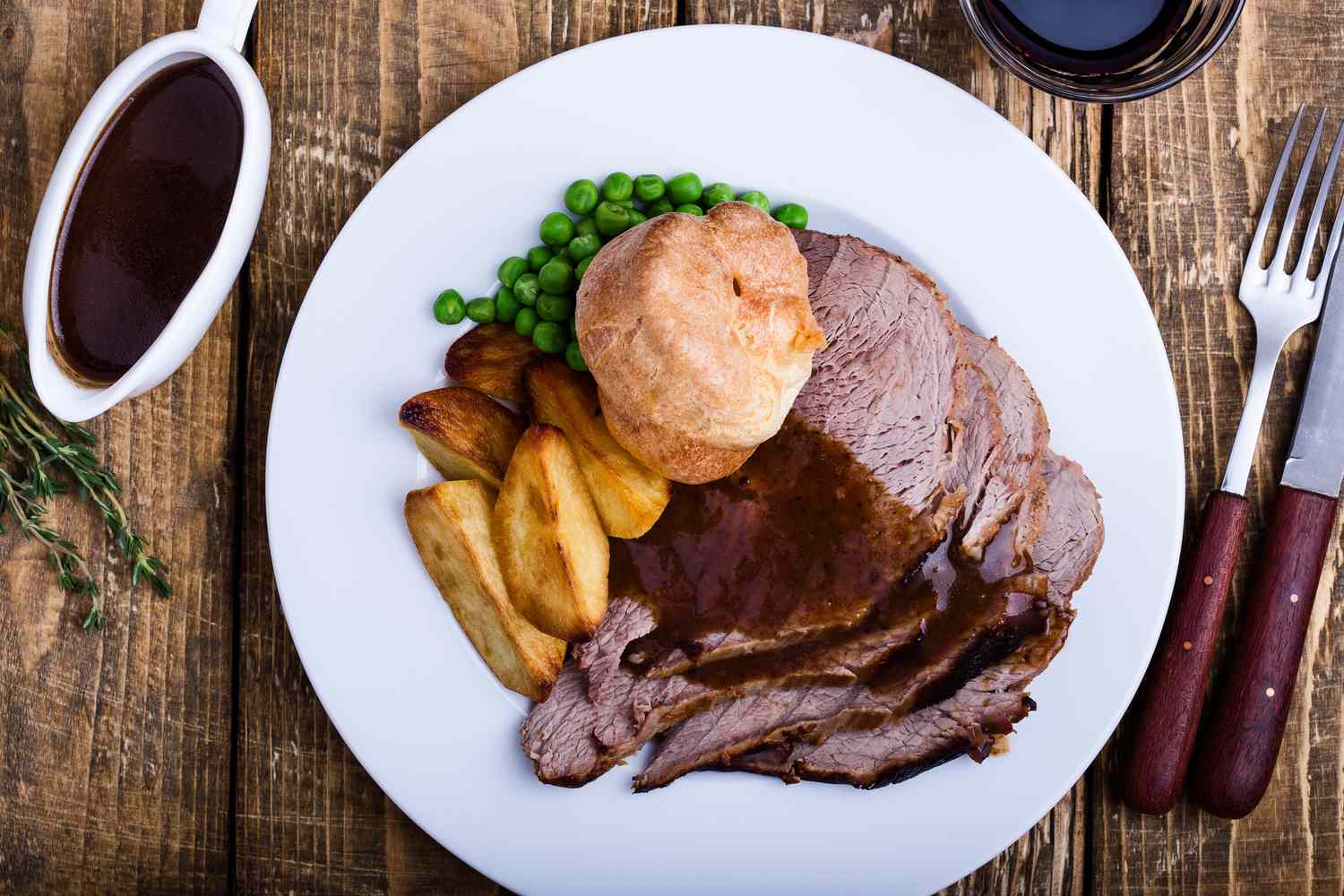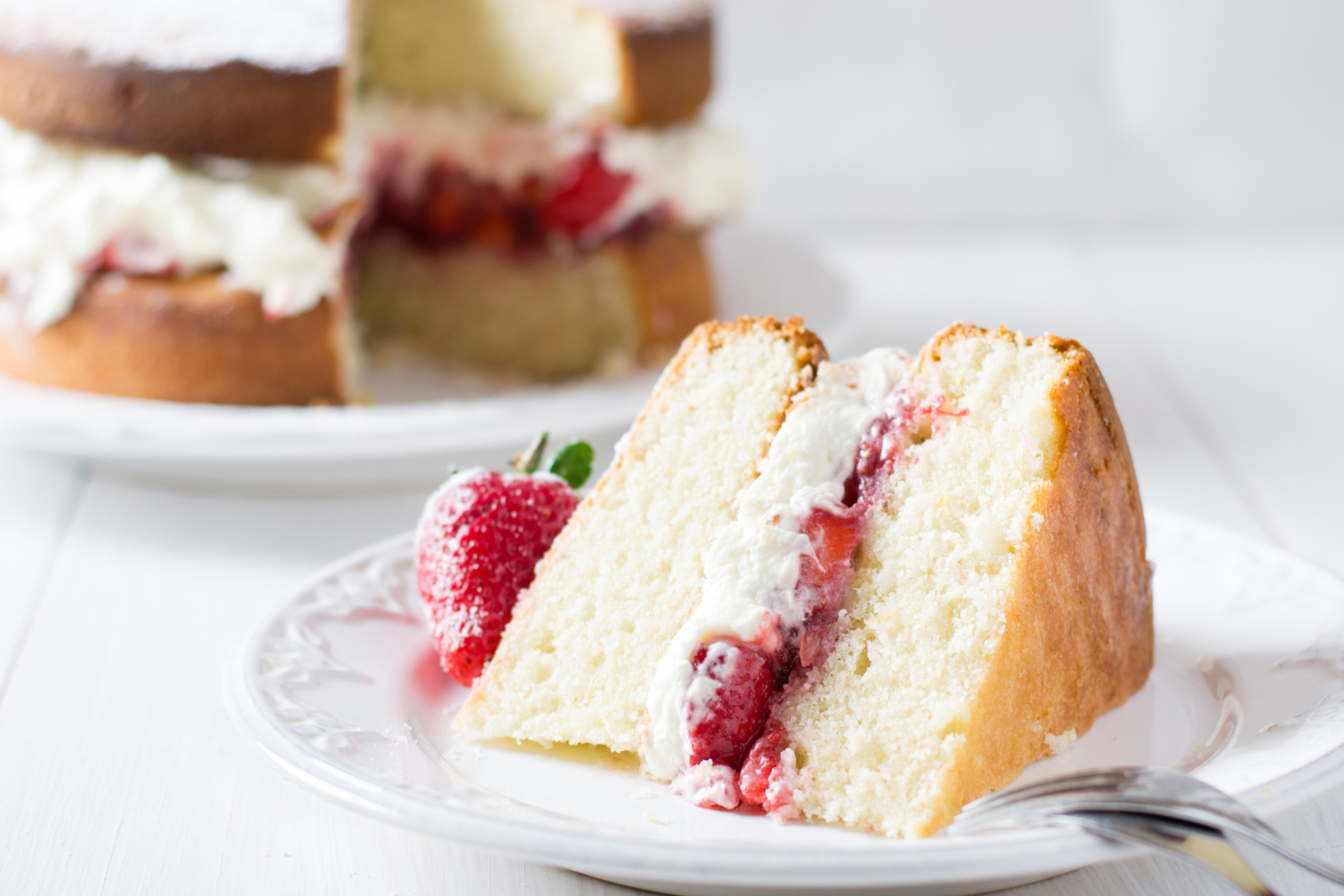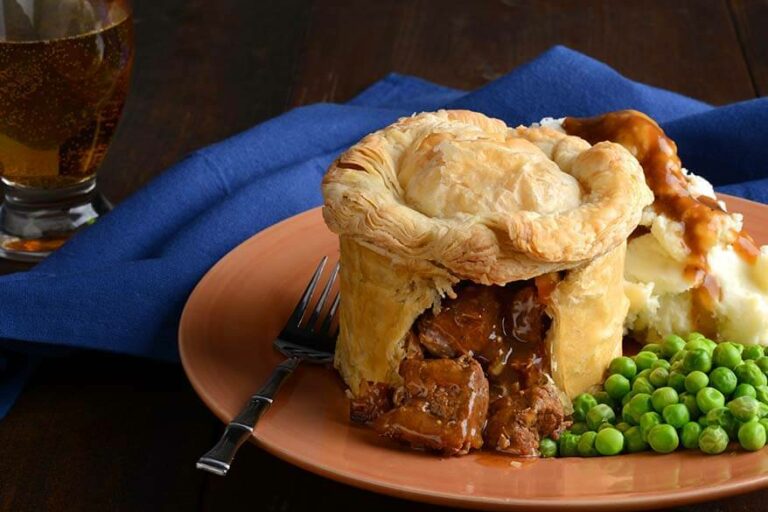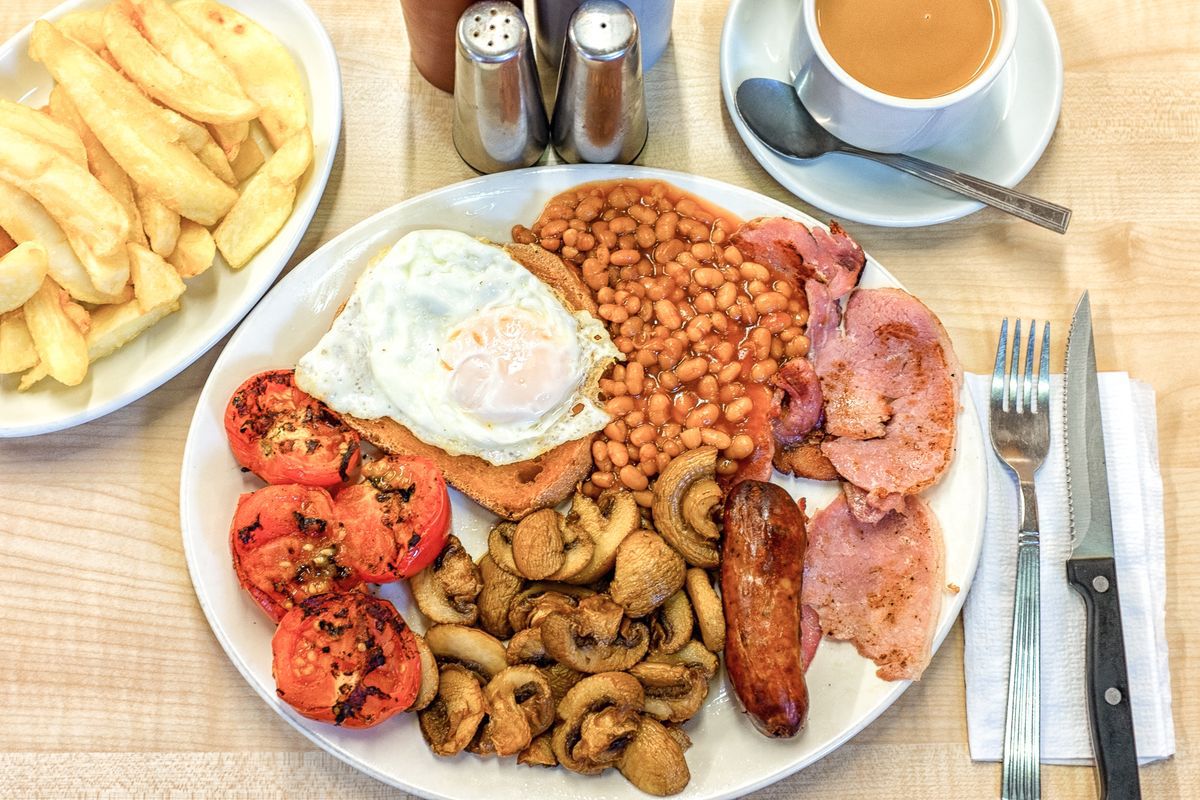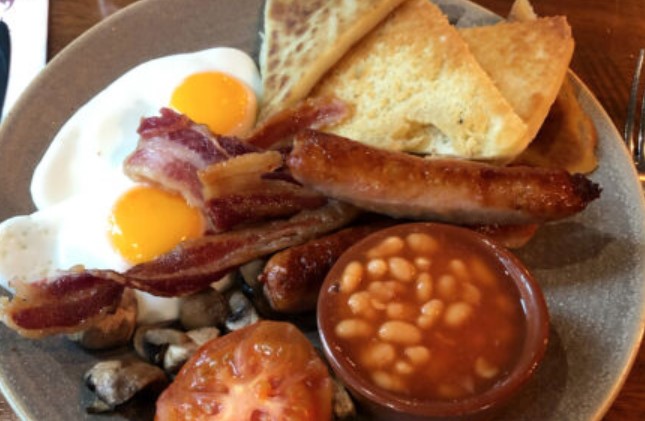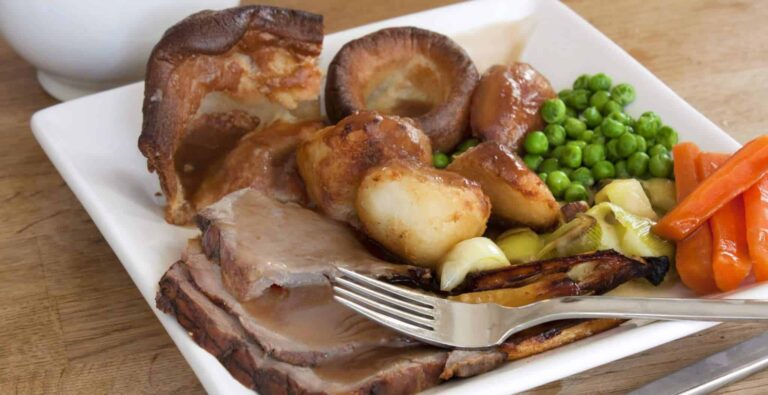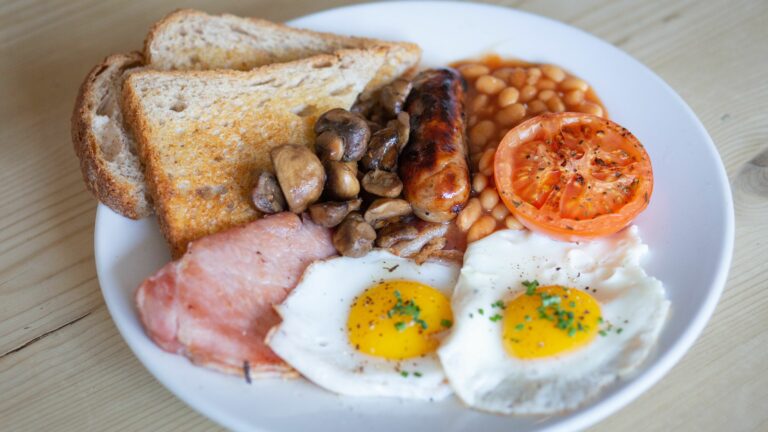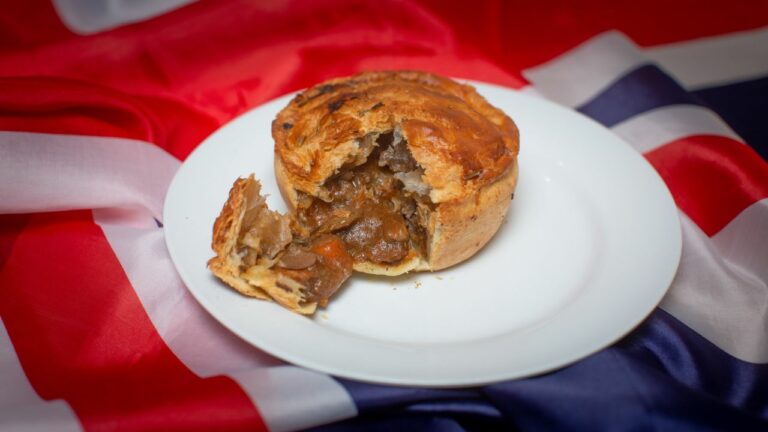Introduction: British Street Food
Street food is a popular way to taste the local cuisine and experience the culture of a place. In the UK, street food is a booming industry with various vendors selling a range of delicious meals on-the-go. British street food has a unique appeal with its traditional and modern flavors, and it is a great way to savor the country’s culinary heritage. From savory pies to sweet desserts, British street food has something for everyone.
The All-time Favorite: Fish and Chips
Fish and chips are a quintessential British dish and a must-try for anyone visiting the country. Fish and chips are made by coating a fillet of fish in batter and frying it until golden brown. It is then served with thick-cut chips, salt, and vinegar. This dish has been a staple of British cuisine since the mid-19th century and can be found in every corner of the country. It is the go-to meal for many Brits and a favorite of tourists alike.
The Classic: Pie and Mash
Another classic British street food item is pie and mash. This dish consists of a savory meat pie, usually filled with minced beef or lamb, and served with mashed potatoes and a generous helping of gravy. Pie and mash shops are a common sight in London and other cities, and they have been a part of British culture for over a century. The dish is simple yet satisfying, and it’s perfect for a quick lunch or dinner on-the-go.
A Delicious Treat: Sausage Rolls
Sausage rolls are a popular snack in the UK, especially during the winter months. They are made by wrapping seasoned sausage meat in flaky pastry and baking until golden brown. Sausage rolls can be found in most bakeries and cafes across the country and are a favorite of both adults and children. They are easy to eat on-the-go and make for a tasty snack or light lunch.
A Savory Snack: Scotch Eggs
Scotch eggs are a popular snack in the UK, especially at picnics and outdoor events. They are made by wrapping a hard-boiled egg in seasoned sausage meat, rolling it in breadcrumbs, and then deep-frying until crispy. Scotch eggs are a filling and flavorful snack that can be enjoyed hot or cold. They are a true British classic that has been around for over a century.
A Sweet Delight: Eton Mess
A dessert that originated in England, Eton Mess is a sweet treat that has become a popular street food item. It is made by combining crushed meringue, whipped cream, and fresh strawberries. The combination of crunchy meringue, smooth cream, and juicy strawberries makes for a delightful dessert that is perfect for the summer months. It is a must-try for anyone with a sweet tooth.
In conclusion, British street food offers a diverse range of flavors and dishes that reflect the country’s culinary heritage. From fish and chips to Eton Mess, there is something for everyone to enjoy. So next time you’re in the UK, make sure to try some of these popular street food items and experience the country’s rich food culture firsthand.

